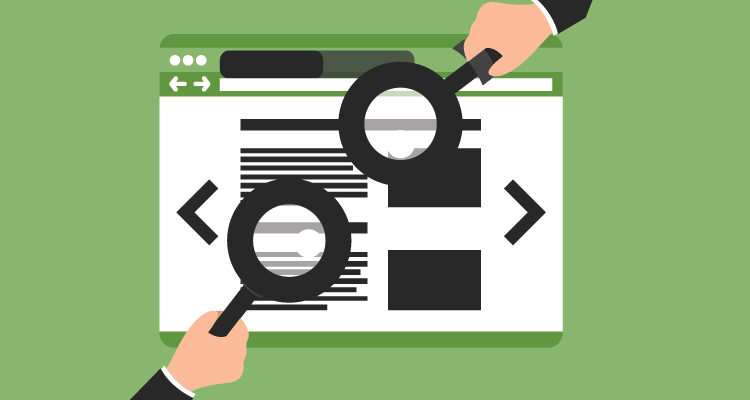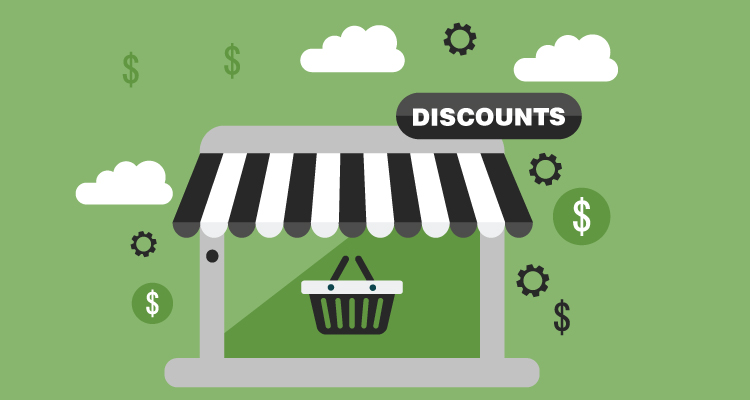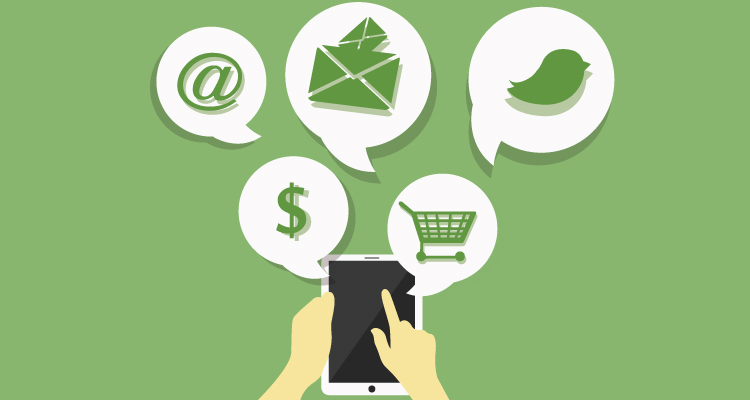One of the most simple and popular ways to increase conversations and drive more sales is by offering your customers discounts and coupons. It’s been a popular method ever since Coca-Cola offered customers a free glass with a hand-written ticket back in 1887. By 2013, a whopping 92 percent of customers used coupons.
There’s no question that your marketing strategy should use discounts and coupons. But, how exactly can your business use and leverage these options within your marketing strategy?
Here are some of the best ways that you can accomplish a great marketing strategy using discounts and coupons:

Table of Contents
ToggleDon’t make customers search for discounts and coupons.
Did you know that humans have shorter attention spans than goldfish? This means you only have 6-8 seconds to capture the attention of your website visitors. Why would you make them go on a wild goose chase to locate any promotions that you’re currently running?
Instead, let any coupons or discounts you have find the right customers at the right time by using techniques like:
- Exit Intent Lightbox where the coupon is displayed in a popup lightbox whenever someone exits your site.
- Abandon Cart Lightbox where a popup lightbox appears when a shopping cart is abandoned.
- “Sticky” Banner or Lightbox where the coupon is placed in a header, footer, or lightbox so that follows visitors when they scroll up or down your webpage.
- Redisplay at Checkout is when a coupon is prominently re-displayed when a visitor redeems a coupon and goes to check out.
Distribute discounts and coupons through partners.
“Here’s how we’ve used coupons and special discounts with great results in our business,” says Pete Kennedy of Main Street ROI. “We provide partners with special discount offers they can distribute to their audiences. We set a time-based deadline or quantity-based limit. And, we provide partners with commissions on sales. This gives them an extra incentive to promote the offers.”

Create relevant and customized coupons and discounts.
If you run a clothing and apparel shop, do you think that your female customers are interested in men’s shorts during in January? Unless they’re planning a vacation for a Caribbean cruise, chances are that they are not interested in those types of coupons.
You can create relevant and customized coupons or discounts that are based on a customers past purchases, location, past visits, referrals, and time of the year. For example, during the holidays you could offer free shipping to returning customers.

Reward loyal fans through social media and texts.
There are a number of third-party apps, such as The Coupons App, Yowza, and Qwikon, that allow you to reach out to loyal customers via social media and SMS messages. You can send relevant promotions to loyal customers based on their location and shopping history. It’s one of the best ways to reach the customers at the right time.
Even without these you could use beacon technology to do the same. For example, you can send a five percent discount on a large pizza as a customer approaches your pizzeria.
Don’t forget about email.
Did you know that 93 percent of customers are likely to use the coupons that they receive through email?
One of the most popular ways to offer a coupon or discount through emails are abandoned carts offers. For instance, Birchbox has offered a 20 percent off discount 24 hours after cart abandonment. Another tactic is to offer a discount off a purchase for new email subscribers or reward loyal customers with exclusive deals.
Be persistent, but don’t go overboard.
Customers can bypass coupons for a variety of reasons. Maybe they weren’t interested in the promotion or they just missed it because they’re busy. Be persistent by using lightboxes that follow them when they navigate your site. Also, use strong, urgent calls-to-action (CTA) like Don’t miss out! Click here to save 10 percent now!
However, you don’t want to bombard your customers with too many offers. A coupon or discount should be a pleasant surprise, not a daily annoyance.
Make discounts and coupons scarce.
According to Robert Cialdini’s principle of scarcity, “In fundamental economic theory, scarcity relates to supply and demand. Basically, the less there is of something, the more valuable it is. The more rare and uncommon a thing, the more people want it.”
Apply this rule by setting a clear expiration date, urgent messaging (Enjoy 10 percent today only), and urgent CTAs like “Redeem now.”
Ask for something in return.
Speaking of Cialdini, another principle he established was reciprocation, which “recognizes that people feel indebted to those who do something for them or give them a gift.”
In order for customers to receive a coupon or discount ask them for their email address or to complete a survey. They’ll agree to hand over this information in exchange for a coupon. You’ll have their contact information to offer them relevant and compelling offers in the future.














